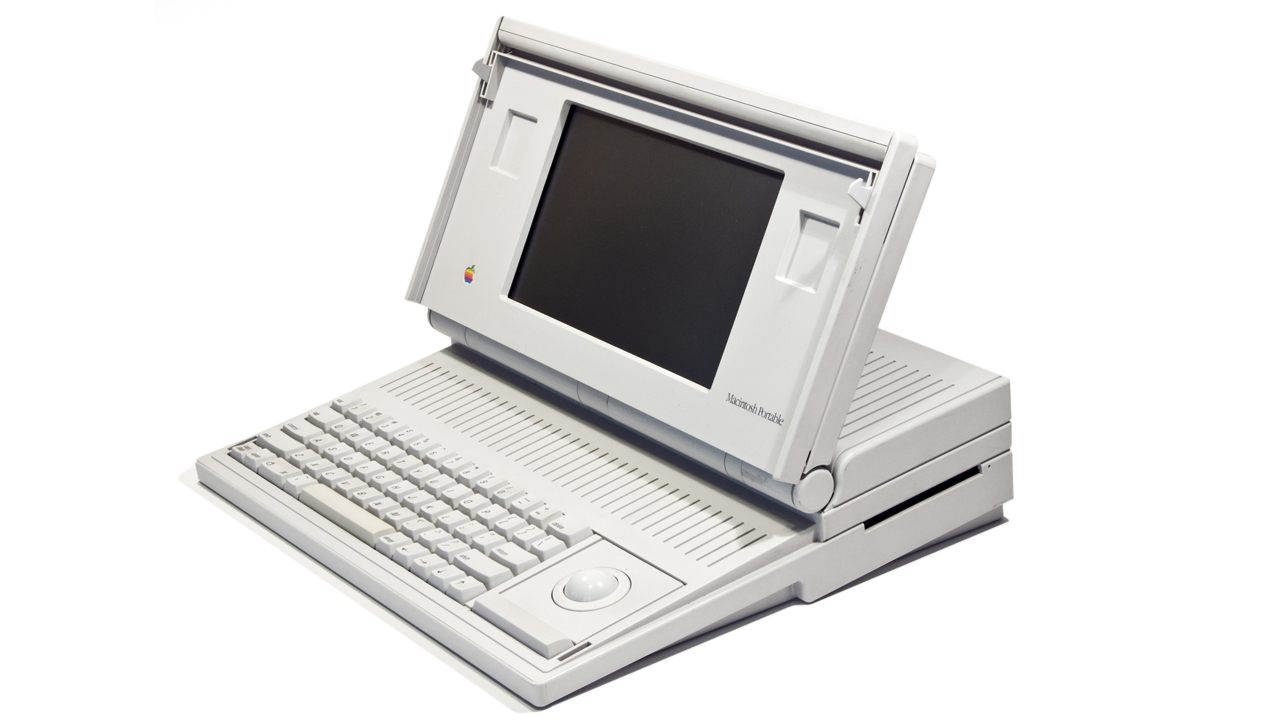
The Apple Portable
Released in 1989 and swiftly replaced by the Powerbook range in 1991, this bulky hunk of Mac was $6,500 at the time – which in today's coinage is £7822.92 ($12012.83) or nearly the price of eight 13-inch Mac Book Pros. And we're not sure, but the screen in the Portable doesn't appear to be a Retina? Like many of the machines in this list, it stretches the definition of 'portable'. In that, yes, it can be lifted and moved, but only if you have some sack trucks to hand.
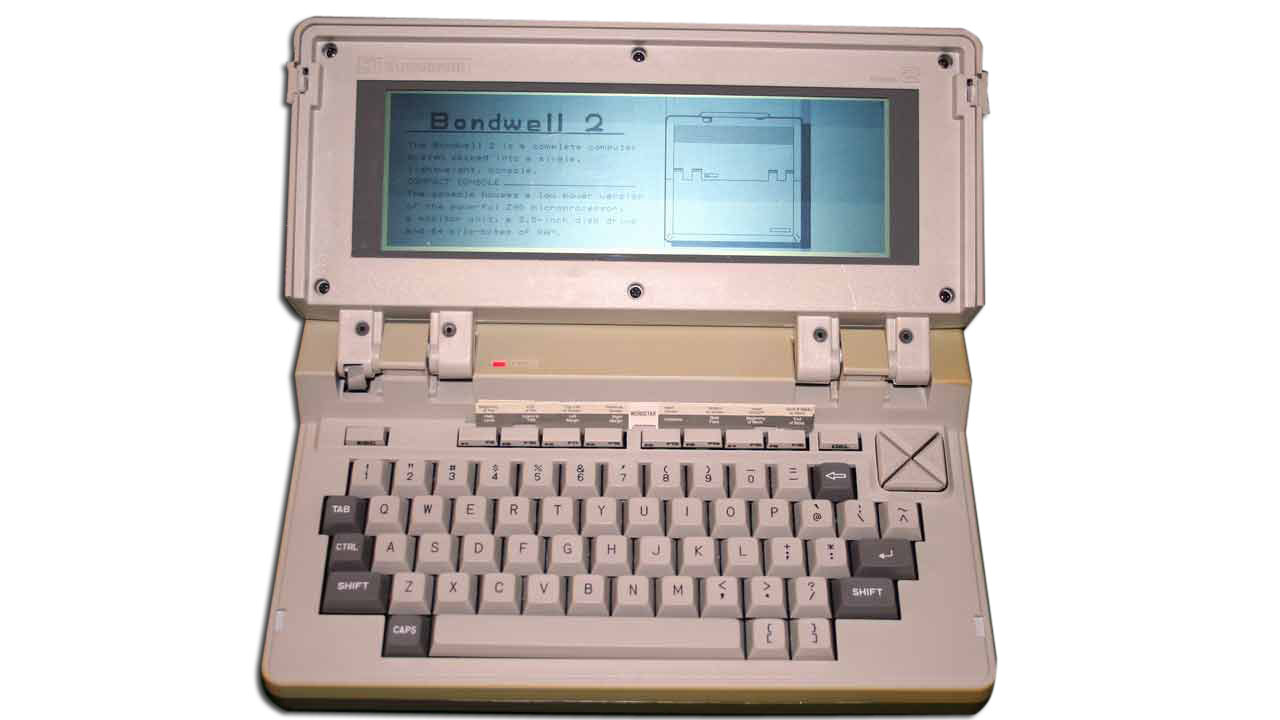
The Bondwell 2
First hitting the market in 1985, The Bondwell greeted users with a friendly welcome message, beautifully evocative of mid-1980s business-speak. "The Bondwell 2 – Satisfying the needs and aspirations of today's busy executive", it proclaims. As long as your aspirations are confined to doing some word processing on a greyscale LCD screen.
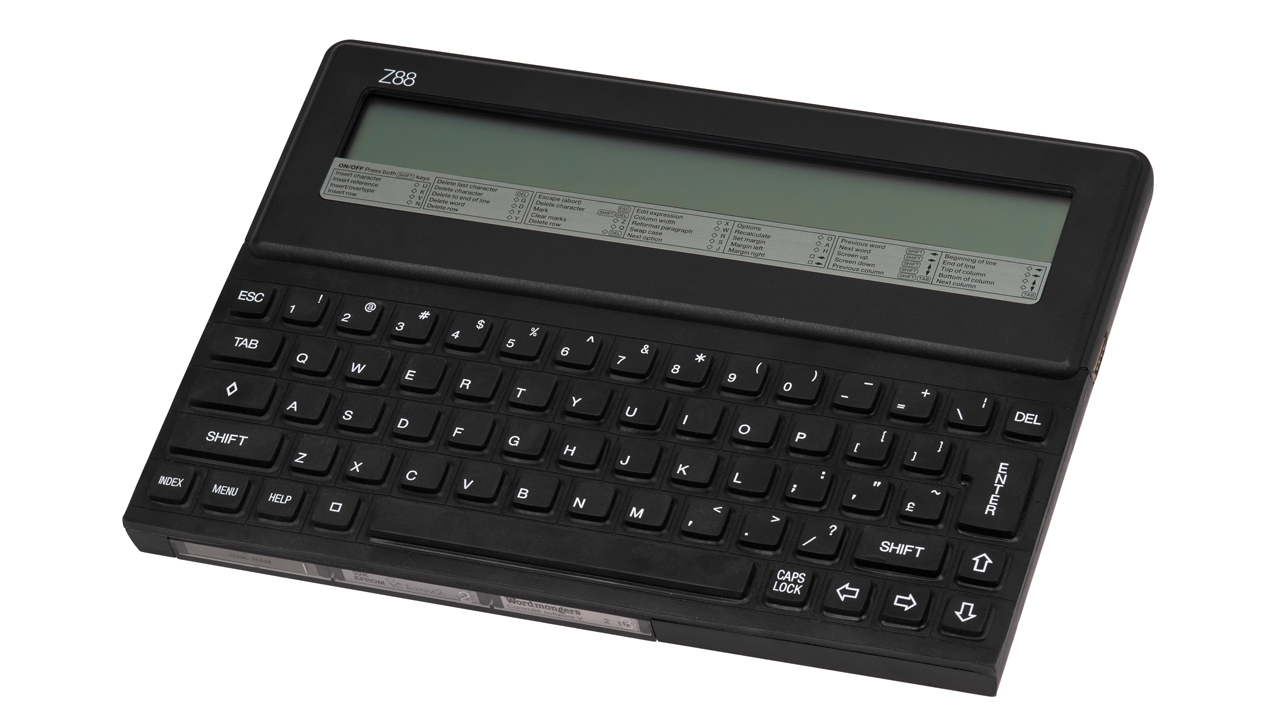
The Cambridge Z88
Judging by contemporary previews of the Z88, there was a certain amount of scepticism surrounding the release of this so called 'micro-PC', which could only truly be called 'micro' when other PCs were still the size of small bungalows. That initial negativity has been turned on its head, with a small cult following still using these things – although we'd bargain that usage is mostly limited to members of the computer club of Pitcairn.
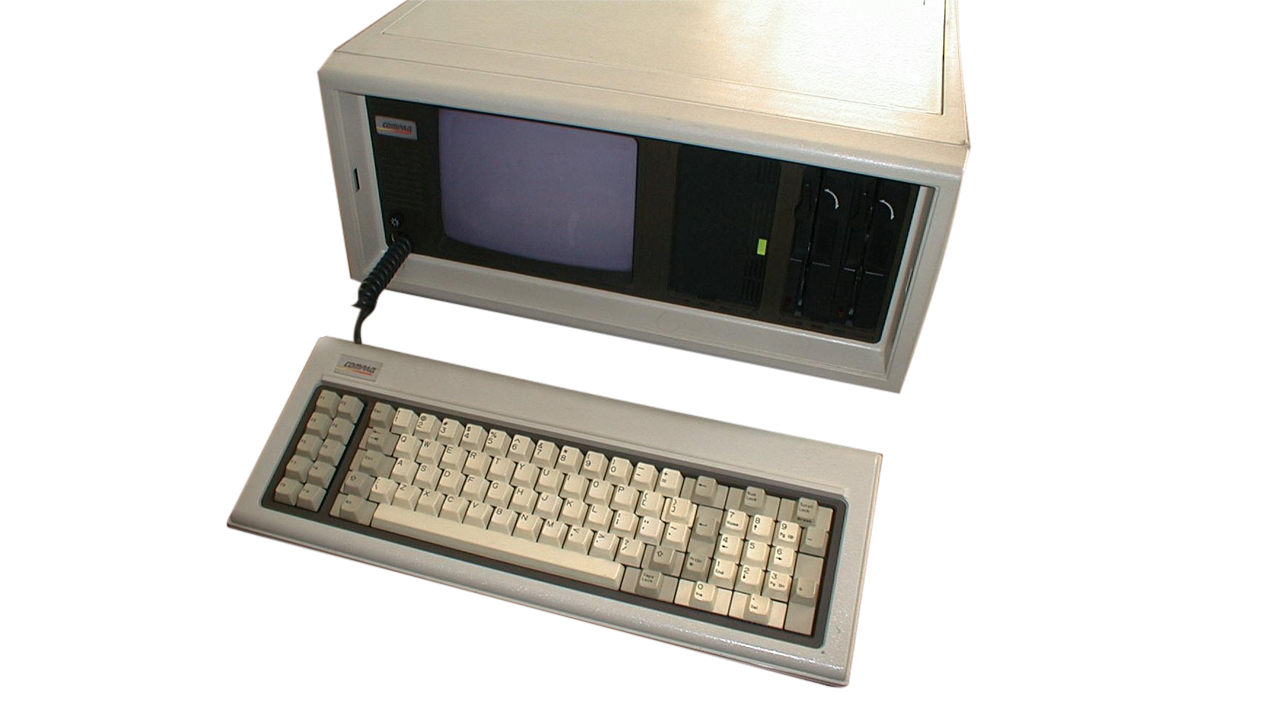
The Compaq Portable
The people at Compaq were having a laugh when they named this one. As you can see from the picture, this is another so-called 'portable' which really needed a set of tires and a diesel engine to move from A to B. Introduced in 1983 and costing $7,100 in today's money, it was basically an IBM PC in a 13 kg suitcase-sized box which could be lugged around by busy executives, all secretly wishing they hadn't bought computers which weighed as much as anti-tank missiles.
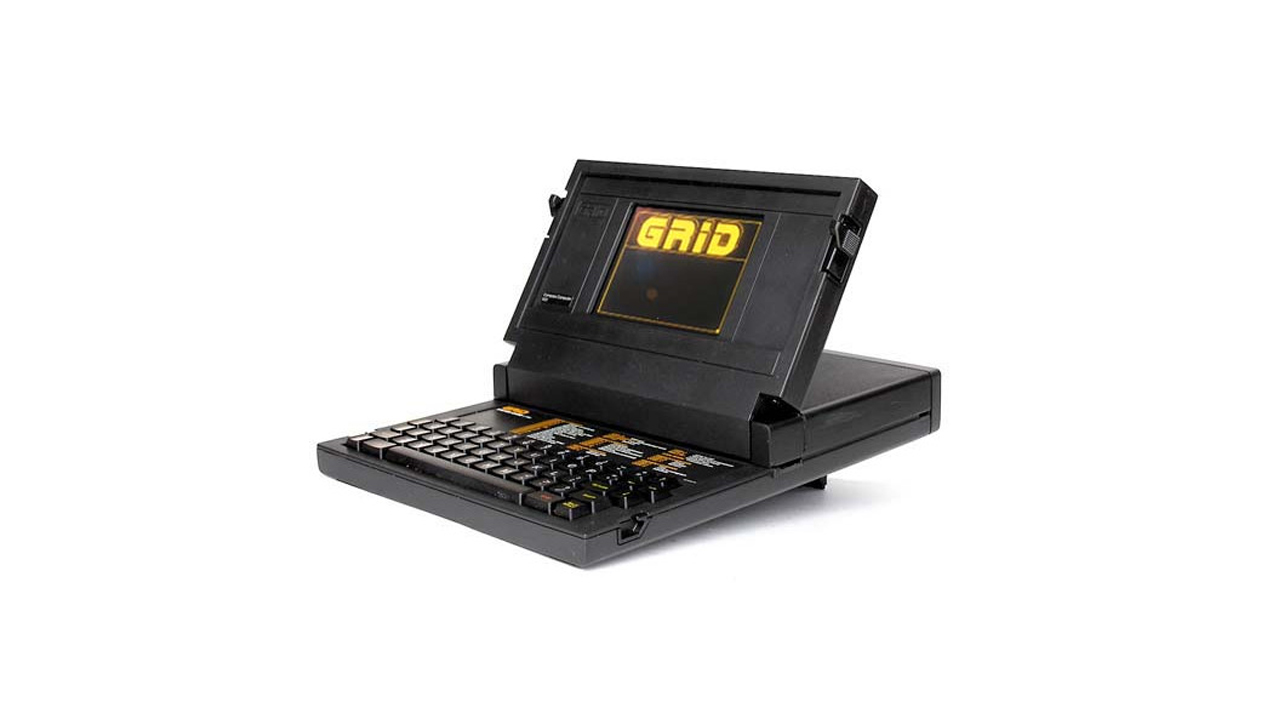
The Compass Grid
This is more like it. If we'd been asked to design a laptop in 1982, based on what we'd seen in films, the Compass Grid would be it. Which is probably why NASA used it on Space Shuttles. C'mon, what would you rather take into space with you – the Grid or the Compaq? The vibrant orange on black display was so cool it was used in Aliens as an interface for controlling the Marines' sentry guns. But like all cool stuff, it was expensive ($8,000+) and imperfect, it had no, er, battery power...
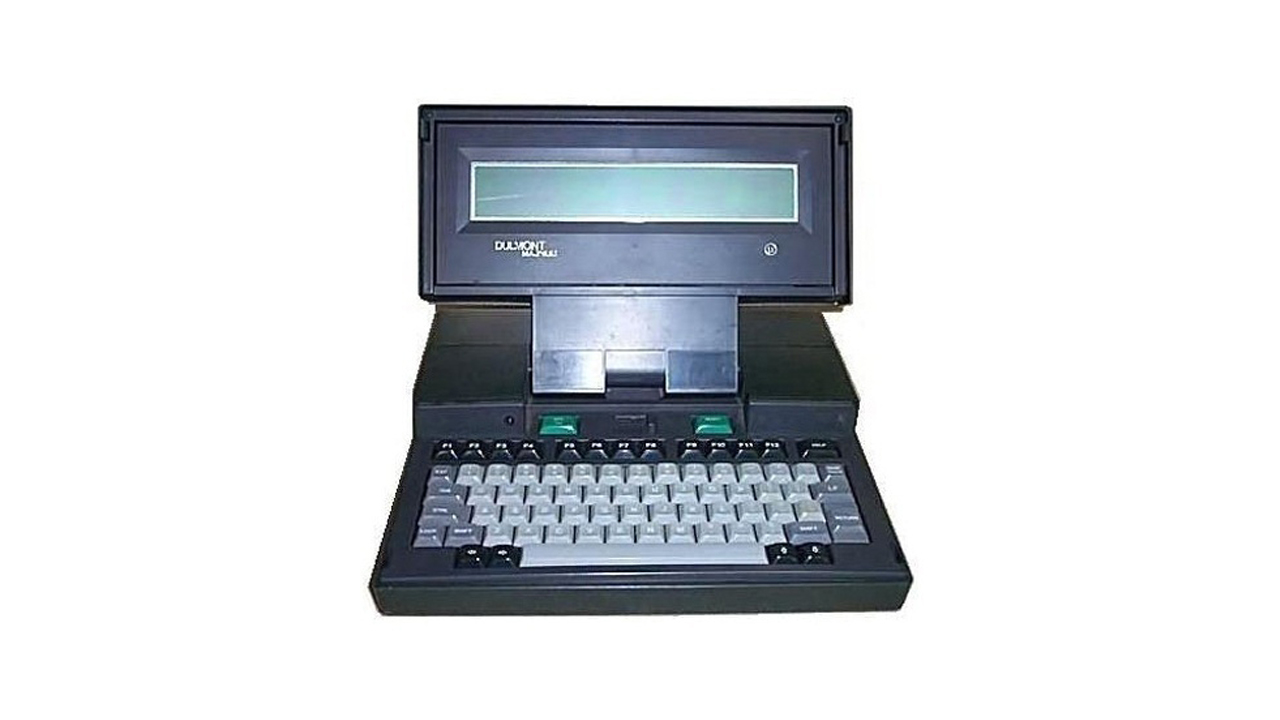
The Dulmont Magnum
You can tell this machine was named in the 1980s: the first word is suffixed with 'mont', because putting 'mont' on the end of words makes then sound more premium (just calling it Dul would have been commercial suicide) and the second word is also a massive handgun. So it's posh and powerful. Notable for being designed with size and aesthetics in mind first, with the hardware fitted after, resulting in a true 'laptop' computer – it would fit on your lap and not cut off the blood supply to your feet.
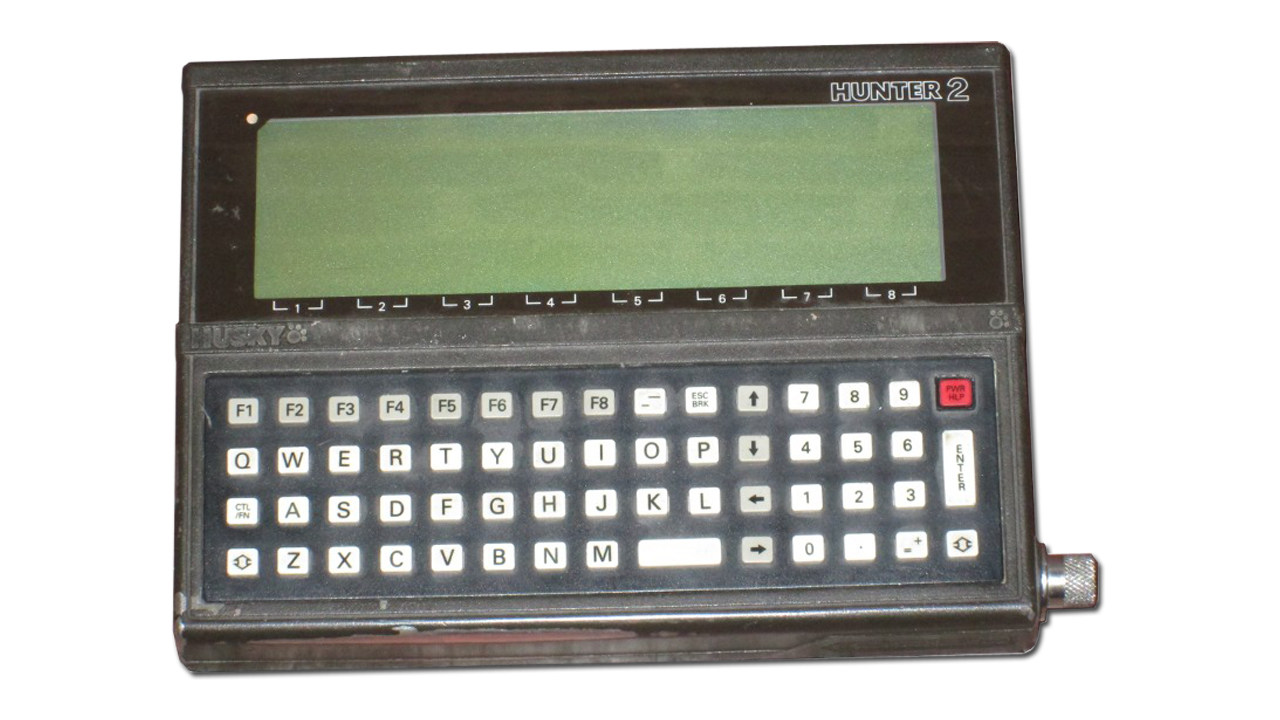
The Husky Hunter
While the US military and NASA were showing off their orange-screened Grid Compass (as long as it was plugged in) the British Army were utilising the far more practical Husky. First manufactured in 1981, this dog's trick was its ability to be dropped from a great height and not break and withstand the most British of weather. As well as enabling soldiers to look at 32x4 resolution nudie pics while hiding in the woods, it was used primarily as part of the Rapier Missile system.
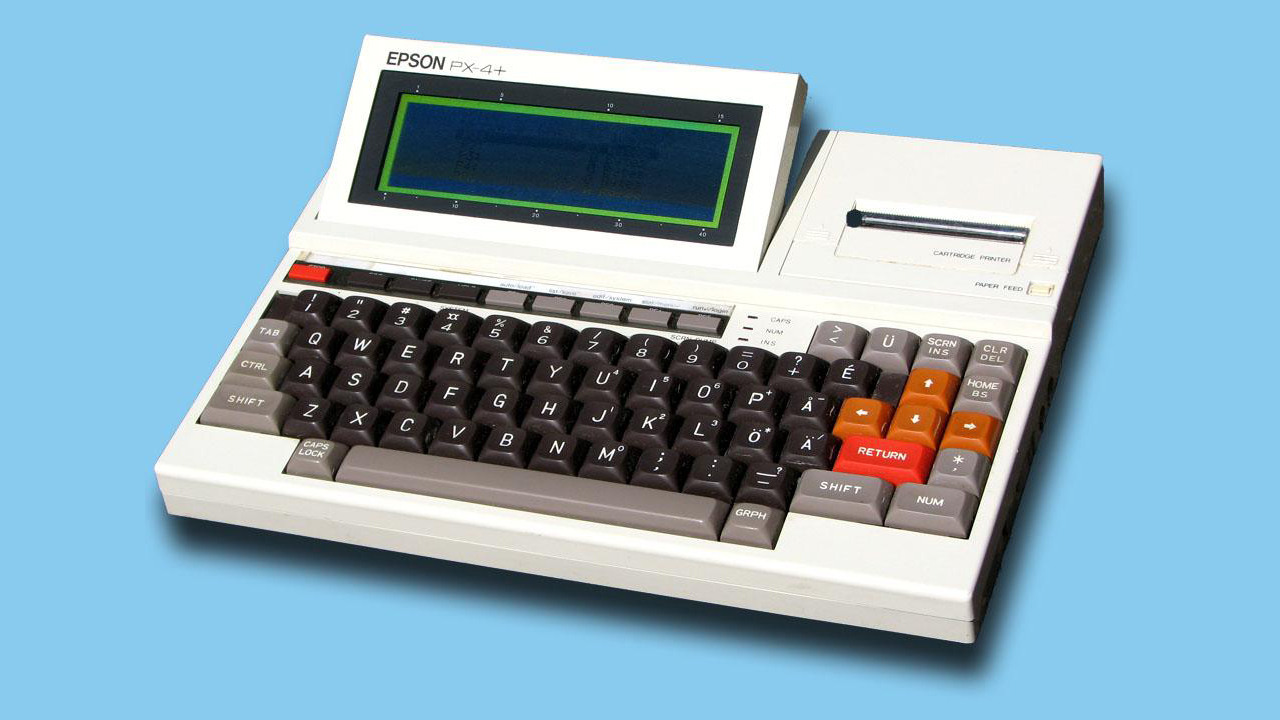
The Epson PX-4
The Epson PX-4 was an early adopter of the concept of modular computing, coming with the all-too-exciting 'option tray'. In 1985, its year of inception, you could choose from a cassette drive, printer or indeterminate 'other option' to fill its gap, giving it the look of a particularly over-specced tape player or a run-of-the-mill cash register, depending on your whim. Either way, wherever you happened to be sat with the Epson there was always the chance that people with baskets of shopping would start forming an orderly queue up to you, asking for a Lucky Dip on tonight's Euro Millions.
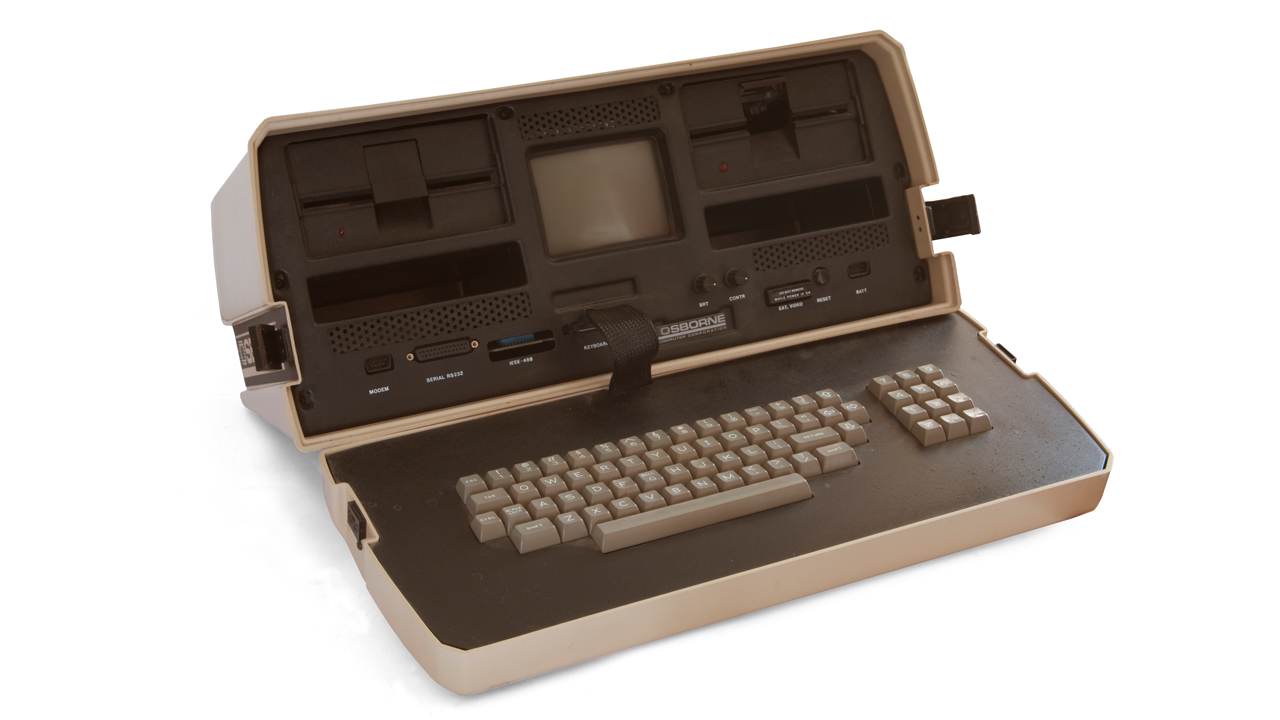
The Osborne 1
Launched in 1981, the Osborne 1 (costing just $1,795) represented a surprisingly cheap entry into the world of portable computers for consumers – if you didn't mind that it looked like something your grandparents listened to the announcement of World War 2 on. It sold well, despite the manufacturer itself admitting it was back-breakingly heavy and the computer's performance was 'merely adequate'. Later, developer Adam Osborne made the mistake of announcing two other non-existent Osborne computers with a higher spec, seriously damaging sales and giving rise the phrase 'Osborne effect'.
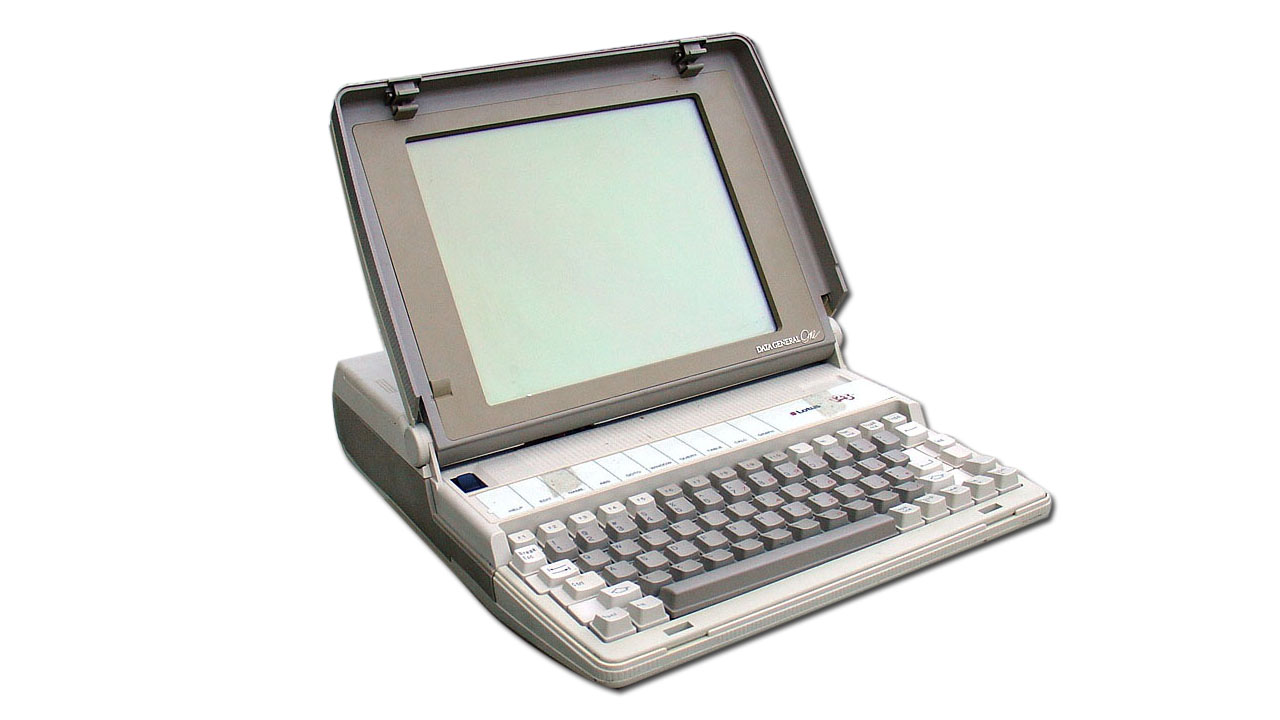
The Data General One
By 1984, the laptop design aesthetic had started to become more recognisable. The Data General One, would actually fit on your lap, the suitcase-sized transformer which powered it hidden nearby in a slightly bigger suitcase. It even came with a special Pierre Cardin-designed bag, which would have been very aspirational then – but not so much in 2015 – when Pierre Cardin is mostly sold in branches of Sports Direct. Another special function was a screen with such low contrast and specific viewing angle that it became something of an office sport placing bets on whether it was 'on' or 'off'.
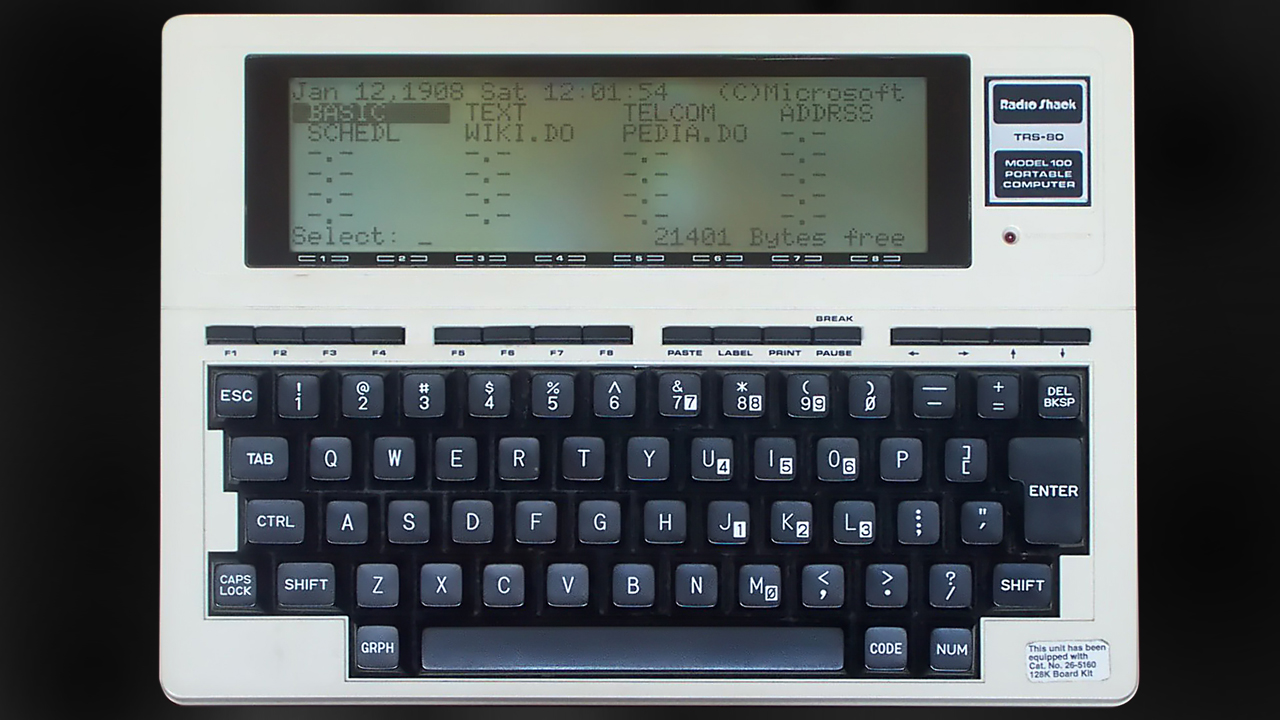
The TRS-80 100
And lastly, we come to 1983's TRS-80 100 portable computer. Sold through the endearingly primeval stalwart of the 1980s British shopping mall, Tandy – with their hand-written receipts and battery club, this book-sized slab of CPU was originally made by Kyocera but went on to sell over six million units when marketed by Radio Shack/Tandy. It was particularly popular with the journalistic community as it could be used to transmit up to 11 pages of text via a built in modem with contemporary reviewers noting the pleasing feel of the keyboard. In fact, one particularly gushing magazine article later went on to suggest that Tandy 'practically invented the laptop computer', which is not a sentiment we expected to find in the course of researching the history of portable PCs.
The TechRadar hive mind. The Megazord. The Voltron. When our powers combine, we become 'TECHRADAR STAFF'. You'll usually see this author name when the entire team has collaborated on a project or an article, whether that's a run-down ranking of our favorite Marvel films, or a round-up of all the coolest things we've collectively seen at annual tech shows like CES and MWC. We are one.